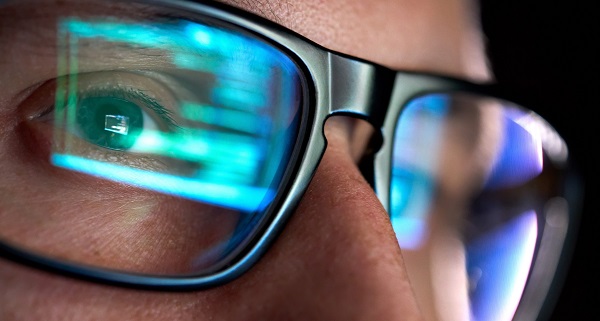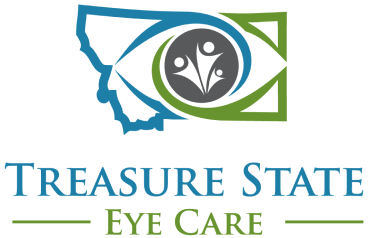“Falling” for Great Eye Sight Tips for Protecting Your Eye This Season
Fall in Montana means brisk, sunny days, colorful foliage, and kinder temperatures. While most people follow strict skin and hair care routines to protect against the damaging effects of the sun, they often neglect the importance of eye protection during any month. Exposure to the sun’s ultraviolet rays can significantly impact vision and eye health.
The eyelids are one of the most common places on the body to develop skin cancer, primarily because they are exposed to the sun year-round. The best protection from the sun is a brimmed hat and sunglasses, but adding a skin and eye-safe SPF is crucial. Look for a mineral-based sunscreen that will not sting your eyes, but avoid harmful chemicals added to sunscreens like oxybenzone, avobenzone, octinoxate, alcohol, and fragrance. Some of my highly recommended favorites are AlumierMD, Beauty Counter, and Epionce.
Many will enjoy autumn’s numerous indoor and outdoor activities, from hiking in the crisp, cool air to relaxing by a cozy fire. It’s essential to protect your eyes and keep them healthy this fall and throughout the rest of the year. Outdoor fires, heated rooms, and autumn breezes can irritate the eyes and lead to burning, stinging and watery eyes. Dry and/or cold air is often the culprit that causes dry eyes. Be sure to use artificial tears to keep your eyes moist. Avoid overly warm rooms, wind (easier said than done in Montana), and hair dryers, all things that aid in drying your eyes even more.
Halloween is a big part of fall, as is finding the right costume. Avoid, at all costs, costume contact lenses. Even though these lenses can enhance a Halloween look, the consequences may be more than you bargain for. These non-prescription lenses may not fit properly or be germ-free and can lead to painful, sometimes blinding eye infections. Be sure to have an eye exam and get properly fitted for colored contacts. Better to be safe than sorry.
Environmental allergens can wreak havoc, especially if you rake or blow leaves. Pieces of plant material can get into your eyes and cause an infection called fungal keratitis. Protect your eyes with protective glasses or goggles when doing yard work. Eyebrows and eyelashes serve a great purpose in keeping debris out of the eyes; they also catch and hold many allergens. Starting an ocular hygiene routine can significantly decrease allergy symptoms by dissolving and removing the allergens stuck in your eyelashes. A foaming lid cleanser or a hypochlorous acid spray are great options for an ocular hygiene routine. If you wear contact lenses, a daily disposable lens is an excellent way to decrease allergy symptoms. Lenses that are cleaned and disinfected nightly still hold allergens. Switching to a daily disposable lens, at least during allergy season, is helpful. There are also numerous over-the-counter allergy drops to choose from, and they are safe for children to use. Eye drops work much better than an oral medication. Taking oral allergy medications can actually make dry eye symptoms worse.
Back to school often means back to sports. Unfortunately, the trauma of eye injuries can ruin fun and games. Different sports have different levels of risk for eye injury. Using the right kind of eye protection for the sport you are playing is critical. And remember that regular eyeglasses do not offer proper eye protection. In some cases, they can make an injury worse if they shatter.
Fall is a great time to look into treatments and procedures to improve ocular comfort and appearance. Dry eyes, fine lines, wrinkles, and sunspots can worsen over the summer months. Many dry eye treatments, such as intense pulse light (IPL) and radiofrequency (RF), have very nice aesthetic side effects such as pigmentation reduction, skin tightening & resurfacing, and scar reduction.

